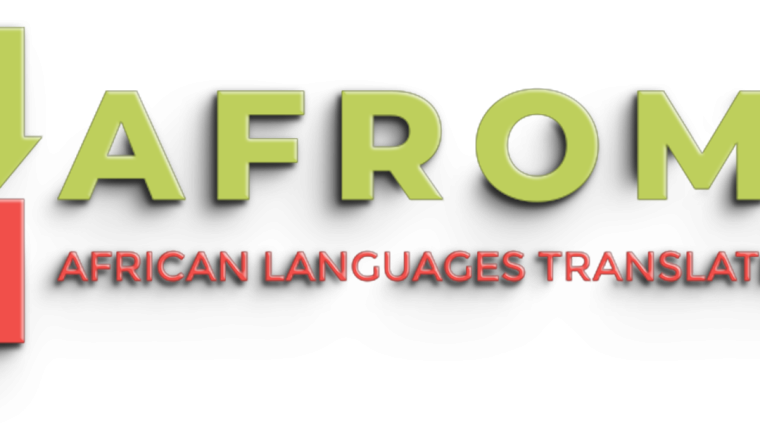In today’s globalized world, businesses and organizations are increasingly interacting with multilingual audiences. Whether you are a small business looking to expand your reach or a large corporation operating in multiple countries, effective communication with diverse language speakers is crucial. Here are some strategies to help you communicate effectively with multilingual audiences.
Understand Your Audience
The first step in effective communication is understanding your audience. This means going beyond basic demographics and delving into the cultural nuances, preferences, and behaviors of your target markets. Conduct thorough market research to identify the languages spoken by your audience and their cultural contexts. Tools like Google Analytics can provide insights into language use and content engagement, allowing you to segment your audience based on language and culture.
Use Professional Translation Services
When communicating with multilingual audiences, it is essential to use professional translation services. Relying on automated translation tools can lead to inaccuracies and misunderstandings. Professional translators not only translate words but also consider cultural nuances, idioms, and context, ensuring that your message resonates with the target audience. This is especially important for marketing materials, legal documents, and any content that requires precision.
Localize Your Content
Localization goes beyond mere translation; it involves adapting your content to fit the cultural and social nuances of each target market. This includes modifying images, colors, and symbols that may have different meanings in different cultures. For example, while the color white is associated with purity in some cultures, it may signify mourning in others. By localizing your content, you create a more personal connection with your audience, enhancing engagement and loyalty.
Tailor Your Messaging
Different cultures have different communication styles. For instance, some cultures may prefer direct communication, while others may value indirect approaches. Understanding these differences can help you tailor your messaging to align with your audience’s preferences. Additionally, consider the tone and formality of your language. What may be considered casual in one culture could be perceived as disrespectful in another. Adapting your messaging to fit cultural expectations is key to effective communication.
Optimize for Multilingual SEO
To ensure that your content reaches the right audience, implement multilingual SEO best practices. Conduct keyword research in each target language and understand the search behaviors of different markets. This includes optimizing on-page elements such as titles, meta descriptions, and header tags in the target language. Additionally, create localized URLs that reflect the content’s language and region. By optimizing your content for multilingual SEO, you increase the chances of appearing in relevant searches, leading to more organic traffic.
Leverage Social Media
Social media platforms are powerful tools for reaching multilingual audiences. However, different regions have different social media preferences. While Facebook and Instagram may dominate in some countries, platforms like WeChat or VKontakte may be more popular in others. Tailor your social media strategy to focus on the platforms that your target audience uses most frequently. Additionally, localize your social media posts to ensure that they resonate with the cultural context of your audience.
Engage Local Influencers
Partnering with local influencers can significantly enhance your communication efforts. Influencers have established credibility and a deep understanding of their audience’s preferences. Collaborating with them can help you create authentic content that resonates with local audiences. Influencers can also provide valuable insights into cultural nuances that may not be immediately apparent, helping you refine your messaging further.
Provide Multilingual Customer Support
Offering customer support in multiple languages is essential for building trust and credibility with your audience. Ensure that your customer service team is equipped to handle inquiries in the languages spoken by your customers. This not only improves customer satisfaction but also demonstrates your commitment to serving diverse audiences. Additionally, consider providing resources such as FAQs and instructional materials in multiple languages to enhance the customer experience.
Measure and Adjust
Finally, it is crucial to measure the effectiveness of your communication strategies and make necessary adjustments. Use analytics tools to track engagement, conversion rates, and other key performance indicators across different languages and regions. This data will help you identify what works and what doesn’t, allowing you to refine your approach over time. Continuous improvement is key to successfully communicating with multilingual audiences.
Conclusion
Effectively communicating with multilingual audiences requires a thoughtful and strategic approach. By understanding your audience, using professional translation services, localizing your content, and tailoring your messaging, you can create meaningful connections with diverse language speakers. Additionally, leveraging social media, engaging local influencers, providing multilingual customer support, and measuring your efforts will further enhance your communication strategies. In an increasingly interconnected world, embracing these practices will help you succeed in reaching and engaging multilingual audiences.


